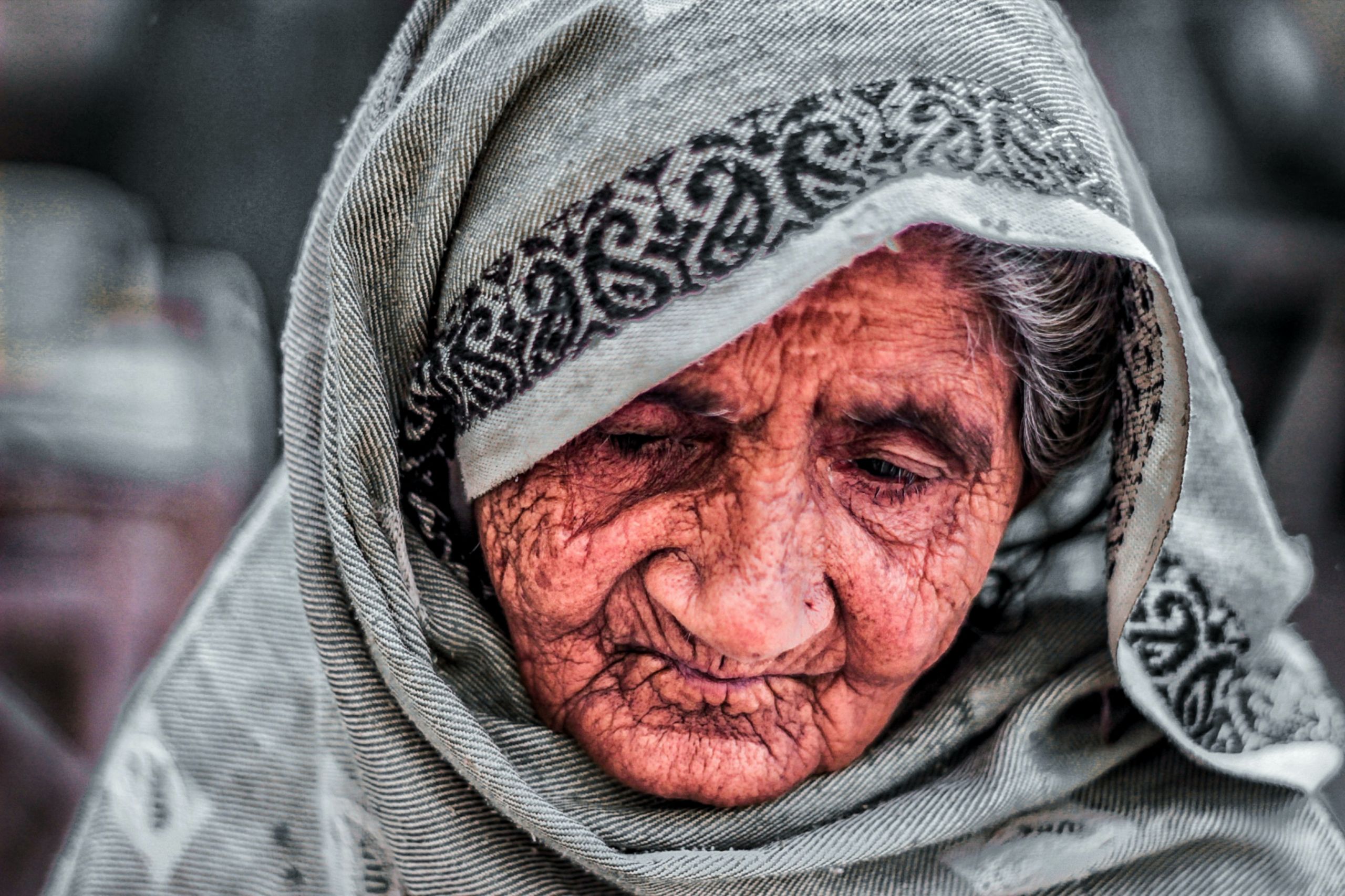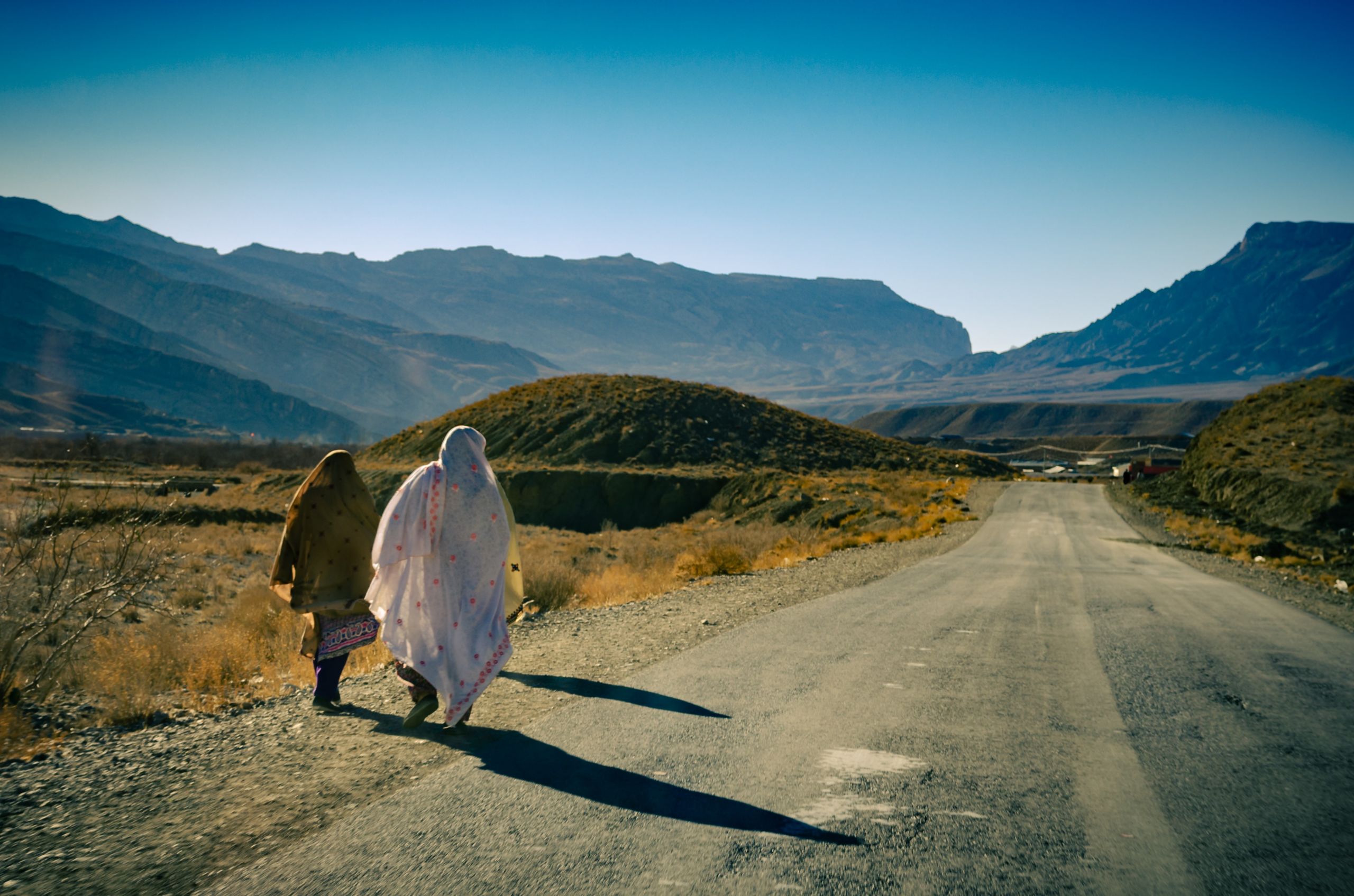Missing Women in Pakistan
Millions of women are said to be “missing” in South Asia, some of which are from Pakistan.

But Where Did the Women Go?
Nobel laureate Amartya Sen discovered millions of “missing” women in South Asia, when he observed the skewed sex ratios in some countries, including Pakistan. Sex ratio here is defined as the number of men for every 100 women. For most countries in the world—including the developed world, but also many of the low-income countries—this ratio is roughly equal, i.e., 50% of each gender, or, in some cases, skewed in favor of women. This makes sense, as women are biologically more resilient and tend to have longer life spans. In some countries, despite this natural resilience, the sex ratio is well over 100, meaning that men outnumber women. India and China, the two most populous countries on the planet, are the most notable examples of this. Pakistan, with a sex ratio of 1.05—105 men for every 100 women—is another example1. In these countries, if the sex ratio were the same as the rest of the world, the population of women would have been much higher; these are the “missing” women.

Sen believes that this skew is the result of the neglect of female children, especially in terms of healthcare and nutrition, at a young age. Such discriminatory treatment of women, in turn, is a product of the societal and cultural biases in these regions2. Many other scholars have also attempted to dig into this perplexing phenomenon and have offered many explanations. One important stream of explanations focuses on female infanticide and sex-selective abortions—the latter having become much more common in recent decades as identifying the sex of the fetus at an early stage of pregnancy was made possible by technology3.
It is believed that this situation can be improved by strengthening the bargaining positions of women in social and political contexts. As a primary step, this means improving the education and employment access and opportunities for women4.

Women in Pakistan
Exploring trends within South Asia.

Can Gender Inequality be Quantified?
Amartya Sen in his analysis to explain the skewed sex ratios in South Asia calculated that 107 million more women would be alive today, if not for sex-based discrimination in terms of excess female mortality. For a frame of reference, that figure is more than the death toll of world war I and world war II combined.
There is no doubt about the fact that Pakistan is an extremely patriarchal society and women face discrimination every single day. But can we quantify something like gender inequality? While the data on this topic is scarce, we can definitely infer the existence of systematic and structural mechanisms that oppress women.

Development Indicators
In all the development indicators Pakistan ranks lower than the world average. Consider the HDI. The HDI is a summary measure for assessing long-term progress in three basic dimensions of human development: a long and healthy life, access to knowledge and a decent standard of living.
Research shows that the sex ratios at birth are significantly correlated with the human development index at the 1% level. 4 That means with higher development people prefer to have more sons than daughters. Before we talk about preferences, let's look at the HDI once more.
So while Pakistan has improved its development indicators over time, it still lags behind other comparable South Asian countries while possessing a similarly skewed sex ratio. While an increase in the number of male births per female births is explained to some degree by better access to education, health and higher standards of living we cannot discount the gendered nature of these metrics.

Photo by Emma Simpson - Unsplash
Photo by Emma Simpson - Unsplash

Photo by Susan Q Yin - Unsplash
Photo by Susan Q Yin - Unsplash

Photo by Caroline Hernandez - Unsplash
Photo by Caroline Hernandez - Unsplash
“Maternal mortality drives up women’s death rates. According to the United Nations Population Fund, for every 100,000 women 178 die from complications with childbirth in Pakistan because of poor access to health facilities.” 5
These are the “missing women” of Pakistan. While Pakistan has improved its development indicators over the years the gap between male and female has not been bridged.

The difference in infant mortality rates between males and females has only reduced by 18.5 % over the last thirty years in Pakistan as compared to a reduction of 44.3 % worldwide.
This leads us back to the issue of cultural preferences. The gravest determinant of the highly skewed gender ratios in Pakistan is the desire to have more sons than daughters. Of the 24 million sex-selective abortions performed during 2000-2014 across the world, more than 1.2 million were estimated to have been carried out in Pakistan.

“Of all the deserted babies found alive in the country, claims Faisal [Edhi] about 90-95 percent were baby girls. He also notes that for every newborn boy left in an Edhi cradle, there are seven newborn girls.” 6

A Tale of Four Provinces
While the case of missing women in Pakistan has been established, an exploration of the trends disaggregated by provinces gives deeper insights into the gender bias of our country.
Firstly, here is a look at the sex ratios by province7:


Unsurprisingly, the highest (i.e., worst) sex ratio is that of Balochistan, at 110.63, for reasons we shall see below. Sindh, similarly, has a quite high sex ratio of 108.58, whereas Punjab’s sex ratio is relatively better at 103.54. Khyber Pakhtunkhwa, however, has the lowest (i.e., best) sex ratio in the country, which at 102.74 is remarkably close to the global average. Looking at various social indicators of the provinces sheds light on these differing sex ratios.

Firstly, as Sen had highlighted the importance of gainful and productive employment for women, we look at the adult literacy rates8 (against the national average of 45%) and labor force participation rates9 for women (against the national average of 20.1%), in each province.
Similarly, to gauge the bias in healthcare, toggle through the following charts10,11. The first chart shows the percentage difference between the male and female children who have been fully immunized. The second chart shows the contraceptive prevalence rate, which, especially in a conservative country like Pakistan, is a key indicator of bodily autonomy for women as well as maternal health and fertility rates. The third chart displays the maternal mortality rates in the provinces, per 1,000 women.
These indicators, reflecting the inter-provincial disparities in Pakistan, explain the respective gender biases of these provinces. For instance, in case of the percentage difference in immunization, whereas Punjab displays a negative value—meaning that more female children have been immunised—all other provinces, especially Balochistan, seem to have a significant gender disparity in immunisation. In fact, Punjab outshines other provinces across all social indicators listed above, ranging from health to education and employment, while Balochistan consistently remains the poorest performer. This is clearly mirrored in their respective sex ratios.
These patterns remains more or less consistent across a range of crucial social indicators. For instance, a research study found the rate of sex selective abortions to be significantly higher in Balochistan, than in Punjab and Sindh (data was not available for KP due to security concerns preventing research in the region)12.
While the sex ratios of other provinces are in accordance with our expectations—Punjab being the richest and politically most powerful province of the country, Balochistan the most deprived, and Sindh somewhere in the middle—the case of KP is interesting, as it is known to be a highly conservative region with strong patriarchal norms. While for some of the indicators, including maternal mortality and contraceptive prevalence rates, it fares better than Sindh (although, still not better than Punjab), but for others, its performance is much worse. On the other hand, its sex ratio is the best in the country. There could be many reasons for this.

KP’s population demographics, for instance, may have been skewed by two major factors: firstly, it is the second largest contributor in the country to the Pakistani migrant workers abroad, particularly in the Gulf states, most of whom are men13, and secondly, it has been at the heart of the war on terror, which has not only led to thousands of casualties, but massive displacements as well. Additionally, this data has been taken from the 2017 census, and thus, does not account for the population or sex ratio of the erstwhile FATA region (the latter being over 104). The case of KP, however, merits further research.

The Way Forward
Regression analysis, especially for later age groups gives us surprising results in the Pakistani case for example unlike in the widely examined Indian case, male education has a positive effect on sex ratio while female literacy has a small negative effect. Even more surprisingly exogamy has a positive effect as well, given that 95% of the population is Muslim. 14
However, that only confirms the existence of multiple factors influencing sex ratios in different ways. As a result, looking at individual variables in isolation will only provide us with contradictory results.
What we know for sure is that there is a need for cultural norms to change. While an improvement in education, health, standards of living etc. will undoubtedly have a positive impact, there is also a need to understand the issue at hand in more depth. This is the starting point for any meaningful action to be taken. The current state of research in this area, however, is absolutely abysmal. The government must fund more research and take gender inequality seriously by empowering women across the board.

Combating systematic discrimination is not easy and requires more than just policy measures and governmental efforts. Ultimately, it comes down to the policymakers, employers, academics—but also, to the husbands, brothers, fathers; basically, the men in power— which means all men— to consciously recognize their privilege and make room for the women in their lives, to let them exist as equals, as fellow humans.
Because daughters are equally valuable as sons.

